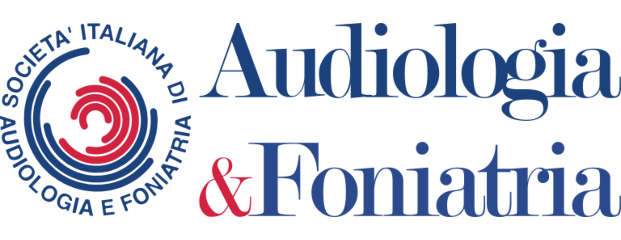Abstract
Speech therapists frequently find, during their daily clinical practice, pictures of speech and language disorder in the developmental age, especially in the phonetic and phonological fields. There are many possible causes for this disorder, and the heterogeneity of its manifestation is very “variegated”. Therefore, we asked ourselves whether we could identify more than one sub-frames with different shades or even real pathological situations, differing for aetiology and also for diagnostic picture. In order to provide an answer, we had to step back, looking at the physiological development of verbal language, but with a slightly different perspective. Thus, our research proposal is based exclusively on the assumption that perception and production are the two sides of the same coin (i.e. verbal language), and there is a close, deep bond that unites them. We analyze here in detail the 3 types of clinical manifestations that we have taken into account GROUP I: functional etiology is in input. The diagnostic hypothesis might be Auditory Processing Disorders (APD); GROUP II: functional etiology is in output. There might be two diagnostic hypotheses: dyspraxia or working hypomotility; GROUP III: functional etiology is the inferential link between input and output. The diagnostic hypothesis might be “isomorphopatia”, i.e. when a child proprioceptively believes that the motor pattern he has chosen for the unicum is correct but, in reality, it is jointed incorrectly to the auditory image. This neologism in the phoniatric-logopedic field, might be a new window on to phonetic-phonological disorders.
Download
Marinari G., Tozzi E., Costa G., Barillari M., Barillari U. (2020) "From the binomial “phonetic-phonological disorder / dyspraxia” to the concept of isomorphopathy: a logopedic proposal of dynamic-functional classification of SSDs
" Audiologia e Foniatria, 5(1), 41-48. DOI: 10.14658/pupj-IJAP-2020-1-8
Year of Publication
2020
Journal
Audiologia e Foniatria
Volume
5
Issue Number
1
Start Page
41
Last Page
48
Date Published
12/2020
ISSN Number
2431-7008
Serial Article Number
8
DOI
10.14658/pupj-IJAP-2020-1-8
Section
Articles

 © 2025 Padova University Press - Università degli Studi di Padova
© 2025 Padova University Press - Università degli Studi di Padova